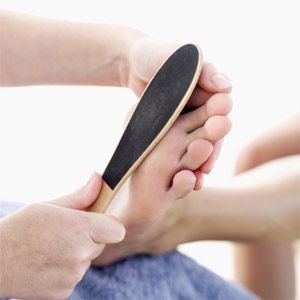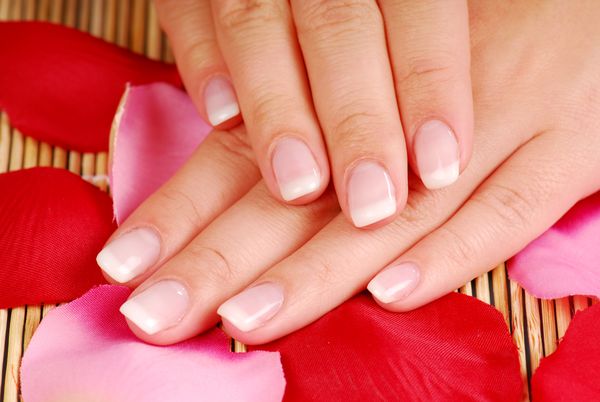The skin on your hands and feet is noticeably different from that on most other areas of your body. Unlike those other areas, the skin on your palms and soles doesn't have hair. And when you soak in water, most of your skin looks normal while your hands and feet wind up looking like wrinkled prunes.
Another way in which your hands and feet are different is that both the palms and soles have unique patterns of ridges, also called fingerprints and footprints. The middle layer of skin, the dermis, connects to the epidermal layer through many papillae, which are tiny fingerlike projections of connective tissue. Fingerprints and footprints result when double rows of papillae occur. These ridges have purposes other than helping forensics experts to solve crimes; they help you to grab on to objects, and they help to keep your skin from ripping [source: MerckSource].
Advertisement
In addition to having ridges and lacking hair, the skin on your hands and feet is also thicker. With all the tasks these body parts have to perform, such as walking or picking things up, they tend to get a lot of use. As a result, the thicker, hairless skin allows them to endure more friction without getting damaged. Part of that extra thickness is caused by the protein keratin, which is nourished in deeper layers of the skin but forms a surface layer of dead cells on the epidermis. This extra thickness may also explain why your hands and feet become wrinkled when you soak in the tub. The dead keratin cells absorb the water so that the thin surface layer of skin expands and then wrinkles [source: Library of Congress]. Researchers are also looking into other theories that may better explain how this works, such as the role that constricting blood vessels play in wrinkling.
Keep reading to see more articles and links about the special skin on your hands and feet.
Advertisement


